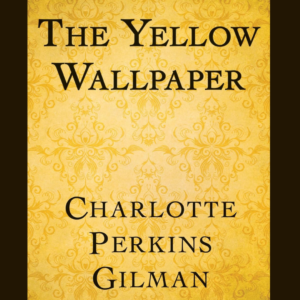‘Mughal dynasty’ one of the famous and wealthiest dynasties known in the world. There were Deccan’s sultanates, even before Mughals rooted in India; which had an equal wealth and power as of the former. They were well-known for their global trade with Europeans and Persians then. Their exquisite artistry, precious stones had been in high demands in markets across the sea. From the various part of the countries, peoples migrated to Deccan in search of better careers and opportunities.
The Bahmani and Vijayanagar were the two earlier dynasties, so the rivals. Battles between these reigns had always broken out due to trifle reasons, mostly ego conflicts. An incident goes like this, once Raya of Vijayanagar declared that he would grant all the wishes of Ismail Adil Shah (one of the rebel sultans) if he would come and kiss his ‘foot’. This battered the amour propre of the sultan, which eventually led to bloodshed, plunder, and brutal destruction of the Vijayanagar empire. The book has adequately explained the famous ‘Battle of Talikota’, a war between the three Muslim dynasties of Deccan (rebel sultans) and Vijayanagar. Remnants of these destructions could be visible in places like ‘Hampi'(Karnataka, India).
Sectarianism among Islam has existed in India since the 12th century. Sunni-Shia sectarianism caused the end of many Muslim reigns in Deccan. Woefully, this age-old sectarianism still exists in our world leads to bloodsheds and destructions. It is evident in the book how earlier historians exaggerated the Hindu-Muslim relation; one of the sultans of Adil Shah dynasty, Ismail II (who painted nails red and wore rudraksha) himself referred as Saraswathi’s son. Hindu-Muslim harmony is evident from the ancient sculptures, which still exist in different part of SouthIndia.His contribution to the artistic and literary enhancement is commendable.
The book has references to the unsung heroes and heroines of Deccan. One such a prominent personality was Chand Bibi aka “Chand Sultana”, who referred to as “one of the greatest women that India produced.”I was really astonished by her, a real “feminist” of that era. She had constantly defied odds and involved in the reigns & battles. Another notable personality was Malik Ambar, a slave from Ethiopia later became the true kingmaker of Deccan. To know more about them, you should devour the book!
Readers do not always opt to read histories unless they are engrossed in it. At first, I was sceptical whether it would lead to the reading slump. But the way the author has narrated the whole history of Deccan is applaudable. Throughout the reading, it kept the boredom at bay. Timely use of humorous incidents of the reign included the intriguing factor of the book.
I felt that the author had included dramatic endings for each chapter, tend the reader to flip the page. Pictorial representation of well-known paintings from that time as well as the monuments, enhanced readability of the book. It is evident that the book represents an outcome of years of research and hard work. The book consists of plausible information on the famous controversial stone ‘Kohinoor’. The fall of one dynasty led to the dawn of another, such complicated events written with utmost clarity without losing even the intricate details of it. The author has adeptly elucidated each and every person’s behaviour as well as physical features. The language used is not exceedingly difficult, yet not easy.
I would like to recommend this book to everyone, especially to history enthusiast.
Juggernaut publishers sent me the review copy in exchange for honest review.



